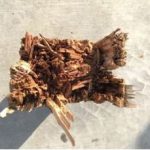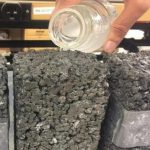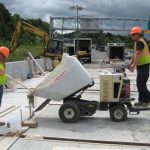Airport Infrastructure Resource Manual
|
To be well prepared for a major earthquake or other substantial hazard event, the state must have a complete inventory of existing airport facilities and understand their potential for emergency usage. This project created a comprehensive inventory of airport characteristics and surrounding facilities at 23 general aviation airports in Western Washington that will increase the state’s emergency preparedness and overall safety for Washington residents. ... Read More about Airport Infrastructure Resource Manual | |










